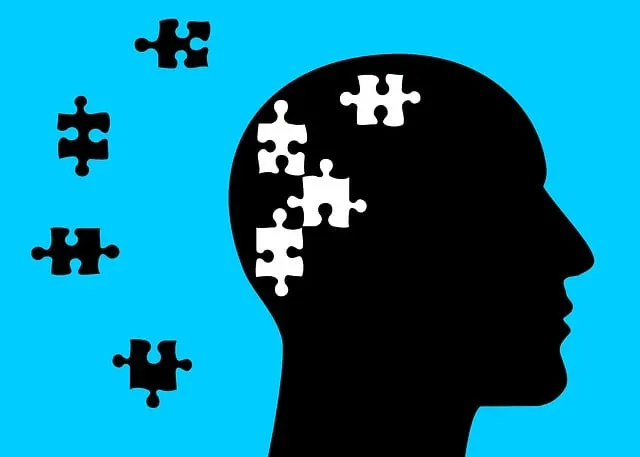Evaluating mental wellness programs requires a multifaceted approach beyond satisfaction surveys. Key Performance Indicators (KPIs) like improved mood, reduced anxiety, and changes in symptoms are crucial for assessing effectiveness, with specific metrics tailored to programs like Kaiser Permanente behavioral health phone number Broomfield's offerings. Researchers can use qualitative or quantitative methods; quantitative data tracks numerical improvements over time, while qualitative insights delve into personal journeys, cultural contexts, and program impact, emphasizing the importance of cultural sensitivity. Clear KPIs enable progress tracking, strategy adjustments, and more impactful mental healthcare services.
Mental wellness program evaluations are crucial for measuring effectiveness, identifying areas for improvement, and ensuring optimal participant outcomes. This article explores essential evaluation methods employed by organizations like Kaiser Permanente in Broomfield. We delve into assessing program impact using both qualitative and quantitative approaches, including metrics, surveys, and data analysis. Additionally, we discuss stakeholder engagement through focus groups and feedback sessions, highlighting the importance of diverse perspectives. Finally, we emphasize continuous improvement by leveraging evaluation data to refine and enhance mental wellness programs.
- Assessing Program Impact: Metrics and Measurement
- – Defining success and key performance indicators (KPIs) for mental wellness programs
- – Qualitative vs. Quantitative evaluation methods
Assessing Program Impact: Metrics and Measurement

Evaluating the impact of mental wellness programs is a multifaceted process that goes beyond mere satisfaction surveys. Metrics and measurement strategies play a pivotal role in understanding the true reach and effectiveness of initiatives aimed at improving mental health outcomes, such as those offered by Kaiser Permanente behavioral health phone number Broomfield. This involves tracking a range of indicators, from participant reports of improved mood and reduced anxiety to objective measures like absenteeism rates and utilization of emergency services.
Using robust data collection methods, including surveys, interviews, and administrative records, researchers can assess changes in symptoms associated with specific mental health conditions. Additionally, examining program participation rates, engagement in evidence-based practices like Mindfulness Meditation, and the impact on related areas such as Mental Health Policy Analysis and Advocacy can provide a comprehensive picture of effectiveness. Healthcare Provider Cultural Competency Training, for instance, can be evaluated through participant feedback on increased cultural sensitivity among staff and improved patient experiences.
– Defining success and key performance indicators (KPIs) for mental wellness programs

Defining success and key performance indicators (KPIs) is a vital step in evaluating mental wellness programs. At Kaiser Permanente behavioral health phone number Broomfield, we recognize that success looks different for each individual and community. For example, a successful program could be measured by increased client engagement in our Mental Wellness Journaling Exercise Guidance sessions, reflecting improved self-awareness and coping skills. We also track KPIs like the reduction of emergency room visits related to mental health issues among participants, indicating better risk management and early intervention.
Additionally, effective programs should foster the development of coping skills as evidenced by participant feedback and surveys. Our Risk Management Planning for Mental Health Professionals plays a crucial role in ensuring these skills are taught safely and ethically. By setting clear KPIs, we can track progress, adapt our strategies, and ultimately provide more impactful support to those seeking mental wellness services.
– Qualitative vs. Quantitative evaluation methods

When evaluating mental wellness programs, researchers and practitioners often employ either qualitative or quantitative methods, each offering unique insights into program effectiveness. Qualitative evaluations delve into participants’ experiences, perspectives, and feelings through open-ended interviews, focus groups, and case studies. This approach allows for a deeper understanding of individual stories, cultural contexts, and the nuanced impact of programs on specific individuals. For instance, exploring a patient’s journey with emotional regulation through qualitative methods can reveal barriers and facilitators that quantitative data might miss.
Conversely, quantitative evaluation uses numerical data and statistical analysis to assess program outcomes. This method involves surveys, standardized measures, and statistical testing to gauge changes in symptoms, functional status, or other mental health indicators across time. For example, measuring the effectiveness of a Kaiser Permanente behavioral health phone number Broomfield initiative could involve tracking participants’ improvement in anxiety levels using validated scales before and after the program. Quantitative approaches provide robust data for demonstrating program success on a larger scale, while qualitative methods ensure that these findings are grounded in real-life experiences, emphasizing the importance of cultural sensitivity in mental healthcare practice and effective communication strategies.
Mental wellness programs, such as those offered by organizations like Kaiser Permanente, require robust evaluation methods to ensure their effectiveness. By defining clear success metrics and key performance indicators (KPIs), whether through qualitative or quantitative approaches, stakeholders can accurately assess the impact of these initiatives. For instance, the Kaiser Permanente behavioral health phone number in Broomfield serves as a vital resource for evaluating program success by tracking call volumes, client satisfaction scores, and clinical outcomes. This comprehensive evaluation allows for informed decision-making, continuous improvement, and ultimately, enhanced mental wellness for community members.






